Subscribe to get our FREE
GOLD IRA GUIDE
Understanding the Precious Metals IRA Rollover Process
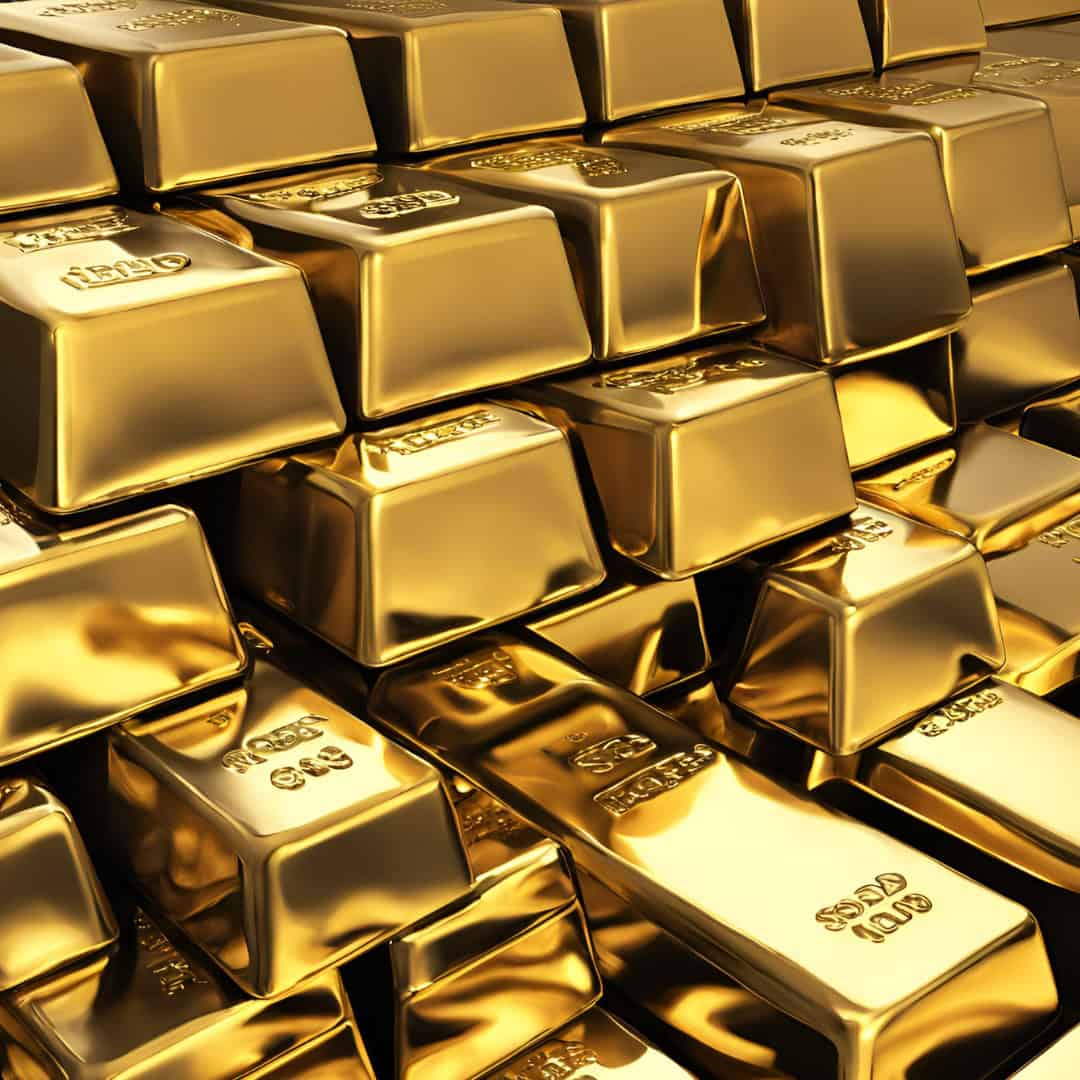
The precious metals IRA rollover process can be an effective way to diversify your retirement portfolio. This guide will walk you through every step, ensuring a smooth transition into this investment opportunity.
Individual Retirement Accounts (IRAs) are a popular way to save for retirement, offering tax advantages that can help you grow your savings more effectively while protecting you from inflation. While traditional IRAs typically consist of stocks, bonds, and mutual funds, many investors are turning to precious metals like gold, silver, platinum, and palladium to diversify their portfolios and protect against economic uncertainties.
As a result, in this article, we will explore how incorporating these precious metals into your IRA can impact your retirement savings and why they might be a valuable addition to your investment strategy. We will also explore the most popular metals used in the rollover, and we will investigate through the best strategies to choose your investment carefully.
Why Consider the Precious Metals IRA Rollover Process?
A Precious Metals IRA, also known as a Gold IRA or Silver IRA, is a self-directed IRA that allows you to invest in physical precious metals. These IRAs operate similarly to traditional IRAs but with the added flexibility of holding tangible assets such as gold, silver, platinum, and palladium. These precious metals are stored in secure depositories, ensuring their safety and authenticity. The depositories are surveilled by custodians, specialized in this type of tasks. We created a specific step-by-step guide to accomplish this process HERE.
Types of Precious Metals Allowed in IRAs

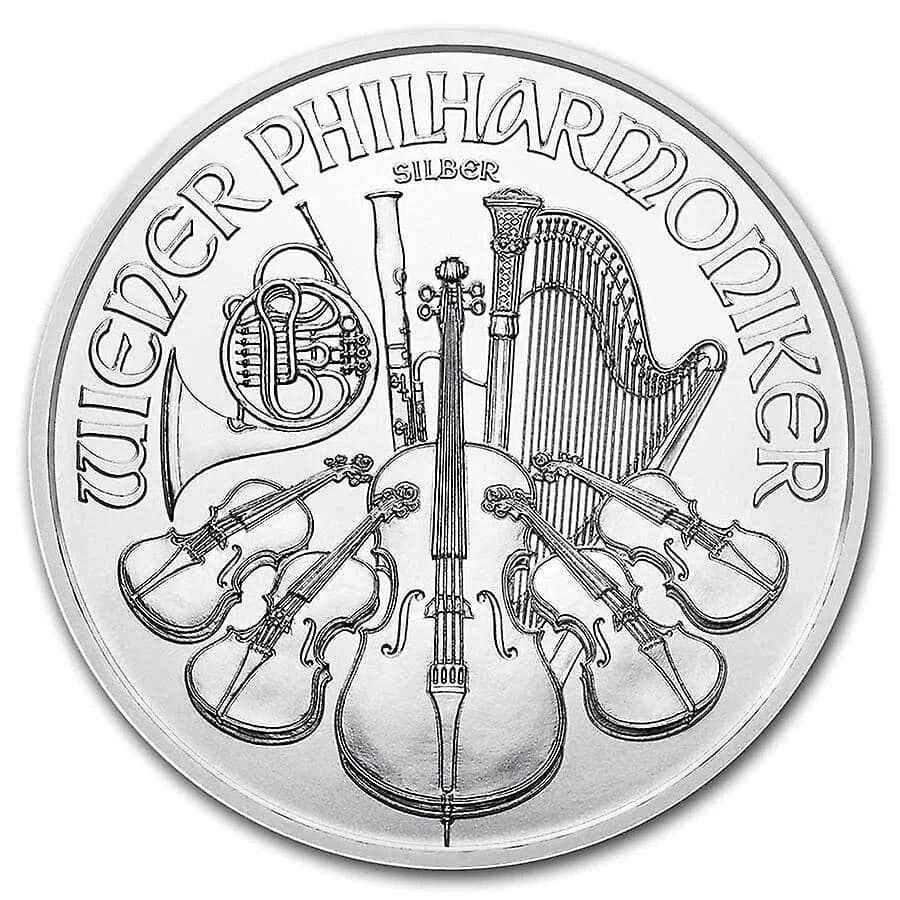
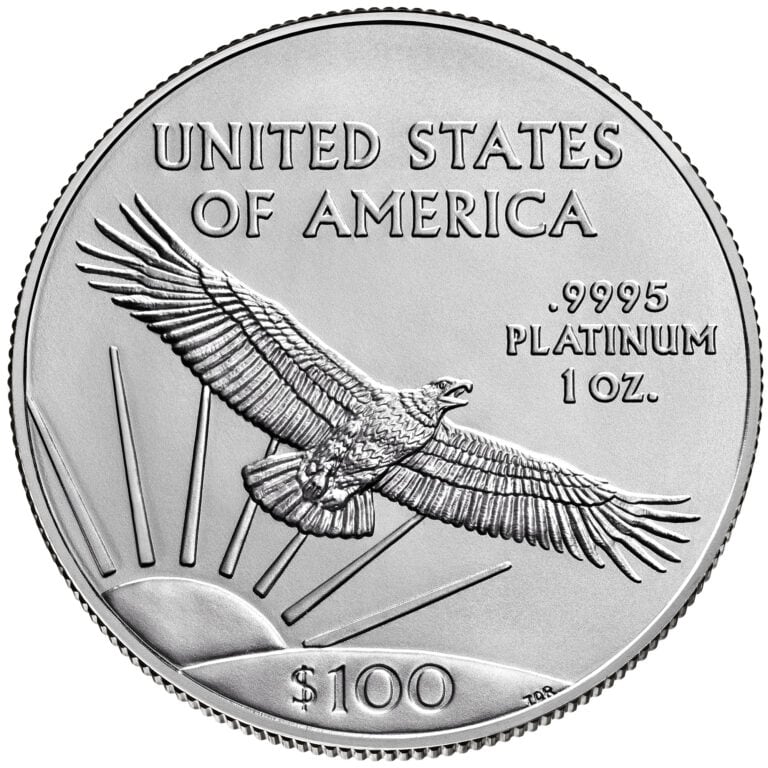
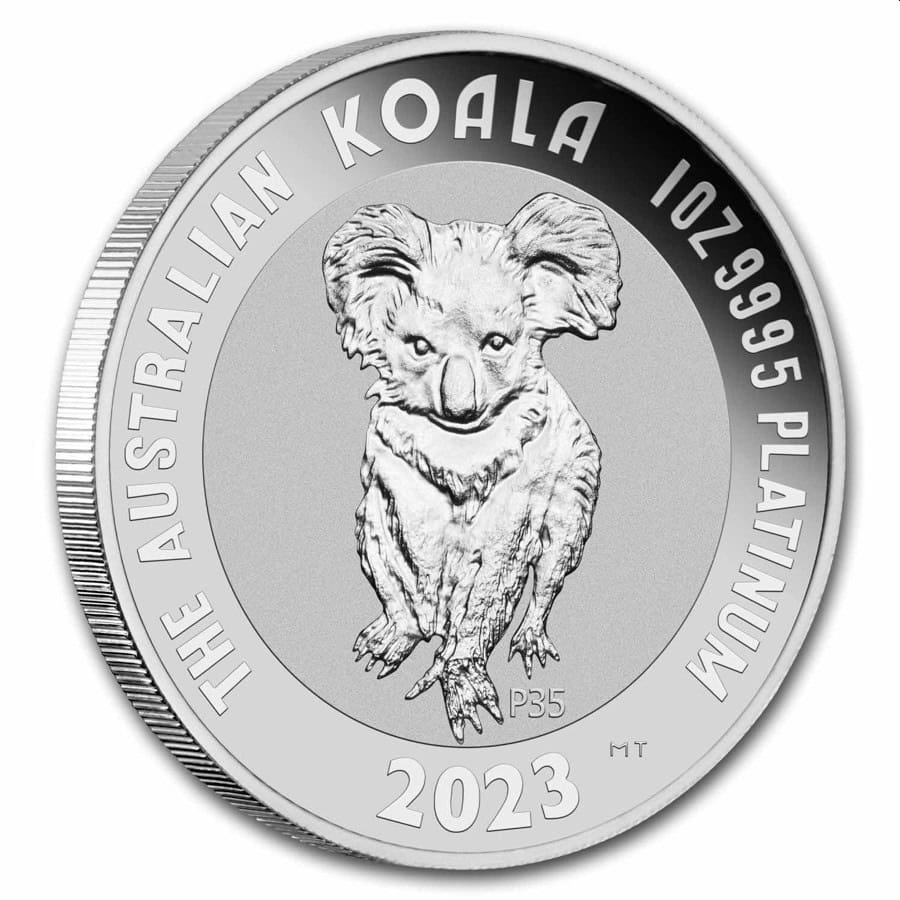
The Internal Revenue Service (IRS) has specific guidelines for the types of precious metals that can be included in an IRA. These include:
- Gold: Must be at least 99.5% pure, such as American Gold Eagle coins, Canadian Gold Maple Leaf coins, and gold bars.
- Silver: Must be at least 99.9% pure, including American Silver Eagle coins, Canadian Silver Maple Leaf coins, and silver bars.
- Platinum: Must be at least 99.95% pure, including American Platinum Eagle coins and other approved platinum bars.
- Palladium: Must be at least 99.95% pure, including Canadian Palladium Maple Leaf coins and other approved palladium bars.
You can find a detailed article about the precious metals allowed in your IRA HERE.
How to Set Up a Precious Metals IRA
process guide
Step-by-Step Guide to the Precious Metals IRA Rollover
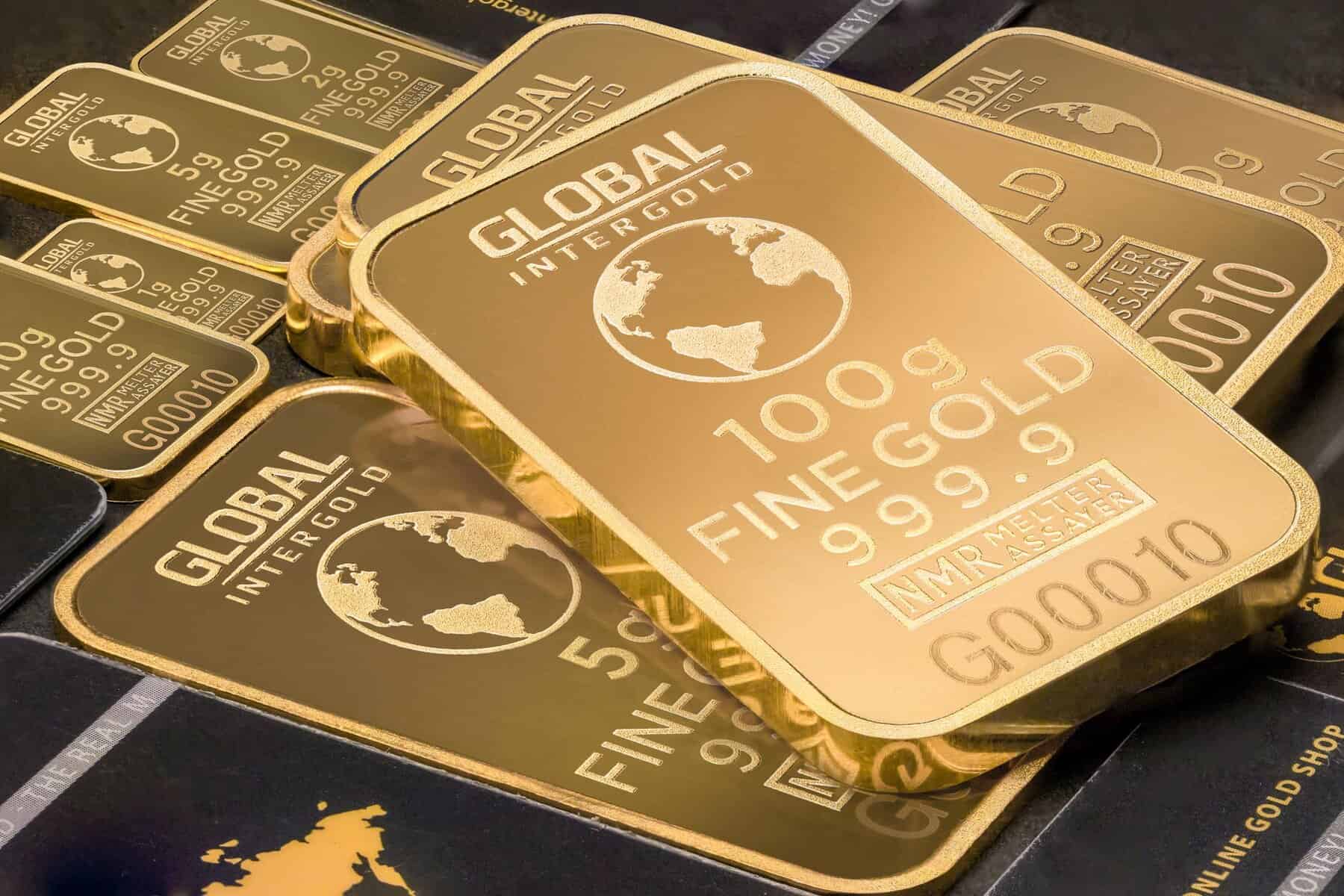
1.
Choose a Custodian: You need a custodian that specializes in self-directed IRAs and is approved by the IRS to handle precious metals.
2.
Open an Account: Complete the necessary paperwork to open your Precious Metals IRA account.
3.
4.
5.
Fund Your Account: Transfer funds from an existing IRA or rollover from a 401(k) or other retirement accounts.
Select Your Metals: Choose the types of precious metals you want to include in your IRA.
Purchase and Store Metals: The custodian will purchase the metals on your behalf and arrange for secure storage in an approved depository.
The Benefits of Investing in Precious Metals IRAs
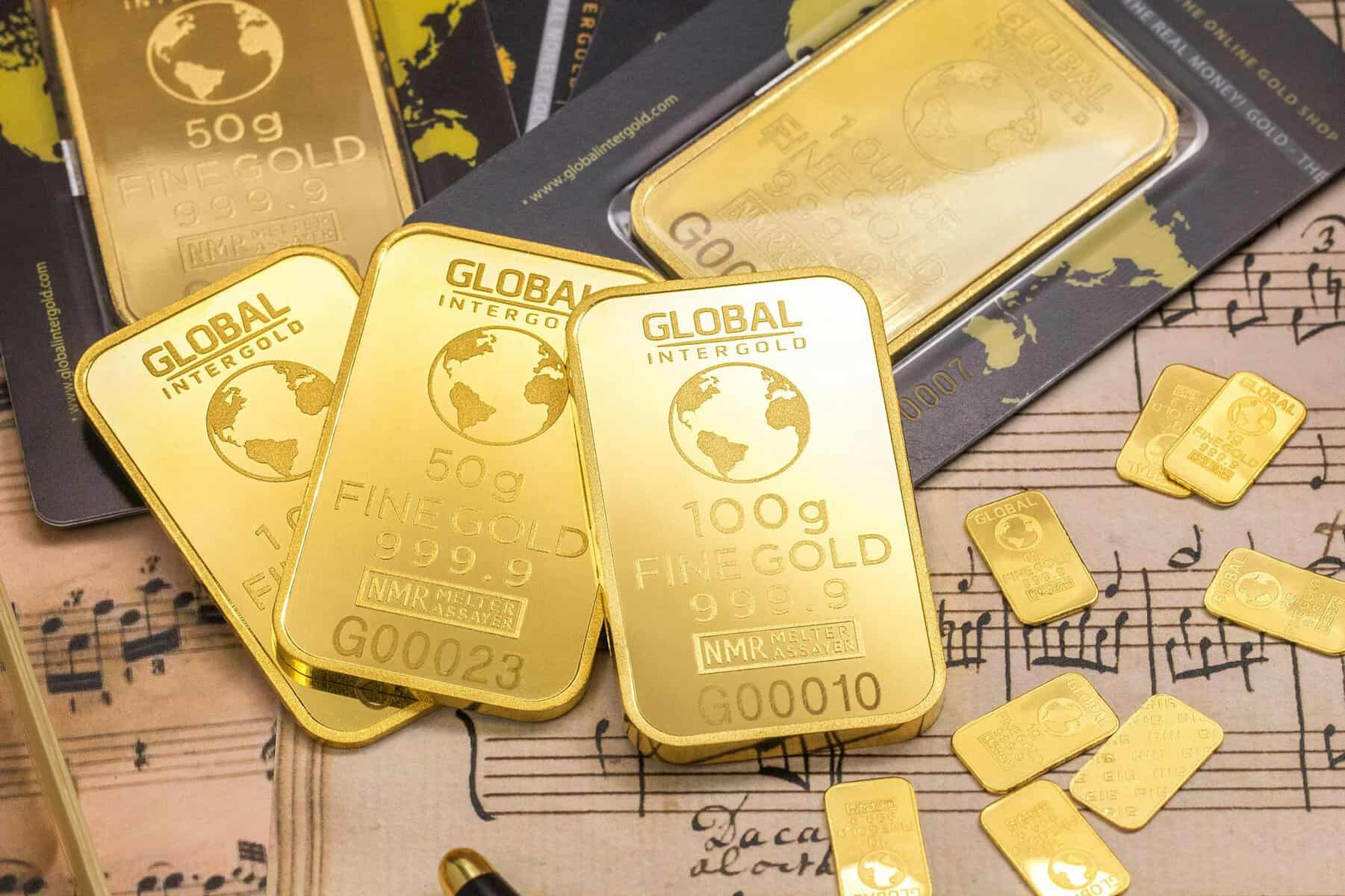
Main Benefits:
Understanding the Individual Precious Metals
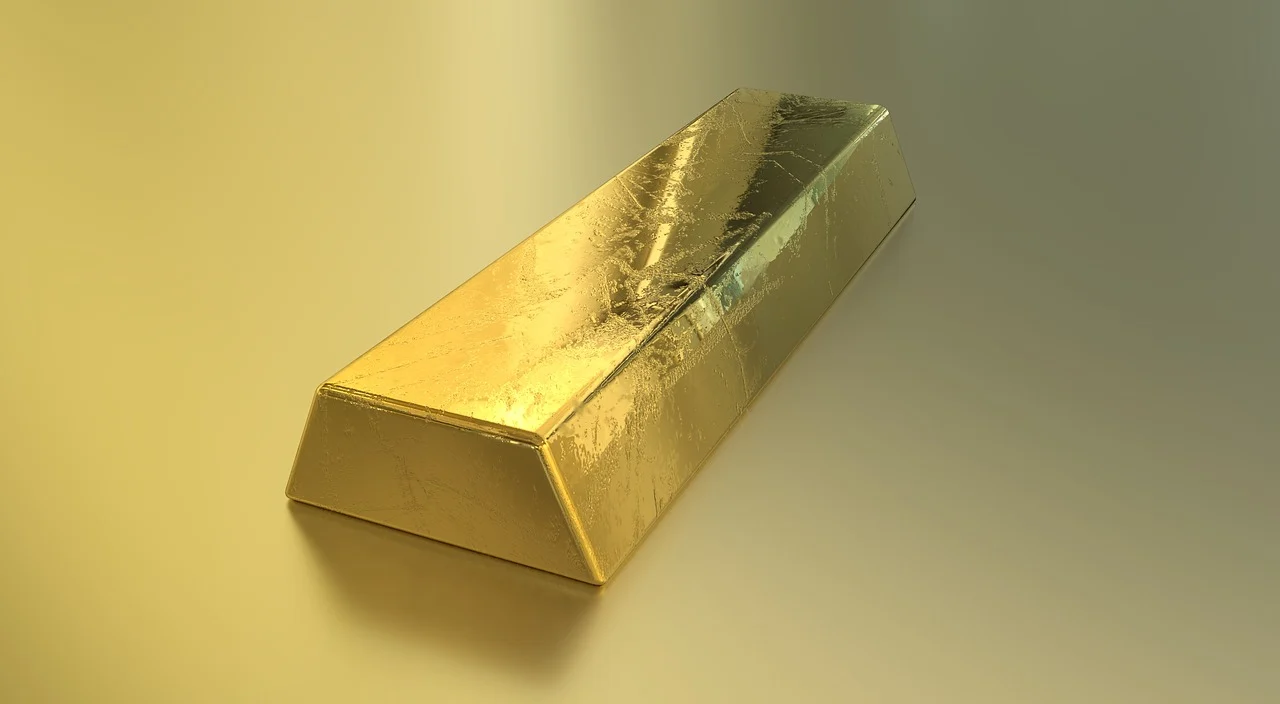
Gold
Historical Significance
Gold has been used as a form of currency and a store of value for thousands of years. Its historical significance and enduring value make it a popular choice for investors looking to preserve their wealth.
Market Dynamics
The price of gold is influenced by various factors, including central bank policies, interest rates, inflation, and geopolitical events. Understanding these dynamics can help investors make informed decisions about when to buy or sell gold.
Investment Options
In addition to physical gold, investors can also consider gold ETFs, mining stocks, and gold mutual funds. Each option has its own set of advantages and risks, so it's essential to evaluate which aligns best with your investment goals.
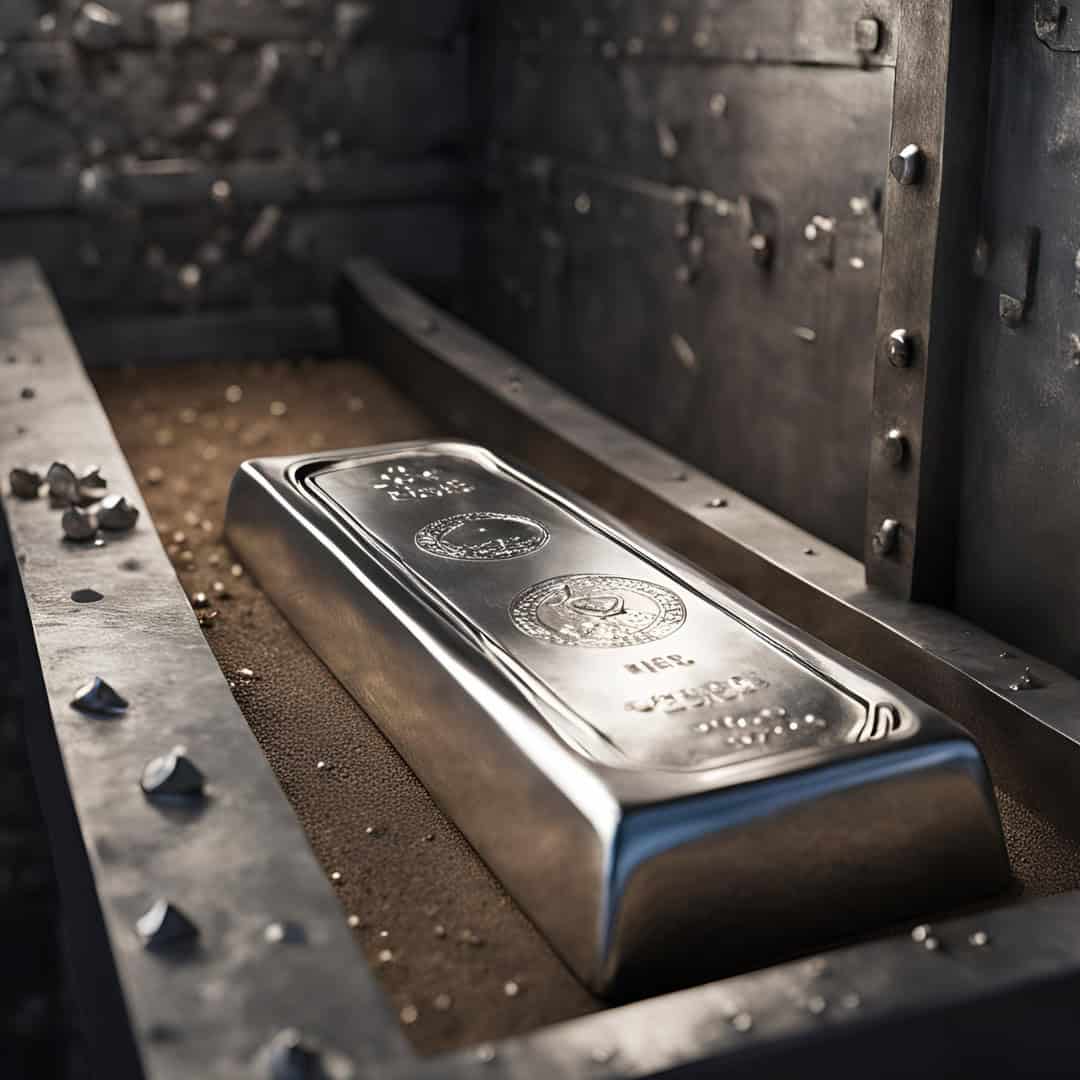
Silver
Industrial Uses
Unlike gold, silver has significant industrial applications, including in electronics, solar panels, and medical devices. This dual role as both a precious metal and an industrial commodity can influence its price movements.
Volatility and Opportunities
Silver tends to be more volatile than gold, presenting both risks and opportunities for investors. Its price can experience sharp swings, making it essential to have a long-term perspective when investing in silver.
Investment Options
Similar to gold, silver can be invested in through physical bullion, ETFs, mining stocks, and mutual funds. Each option offers different levels of exposure to the metal and requires careful consideration.
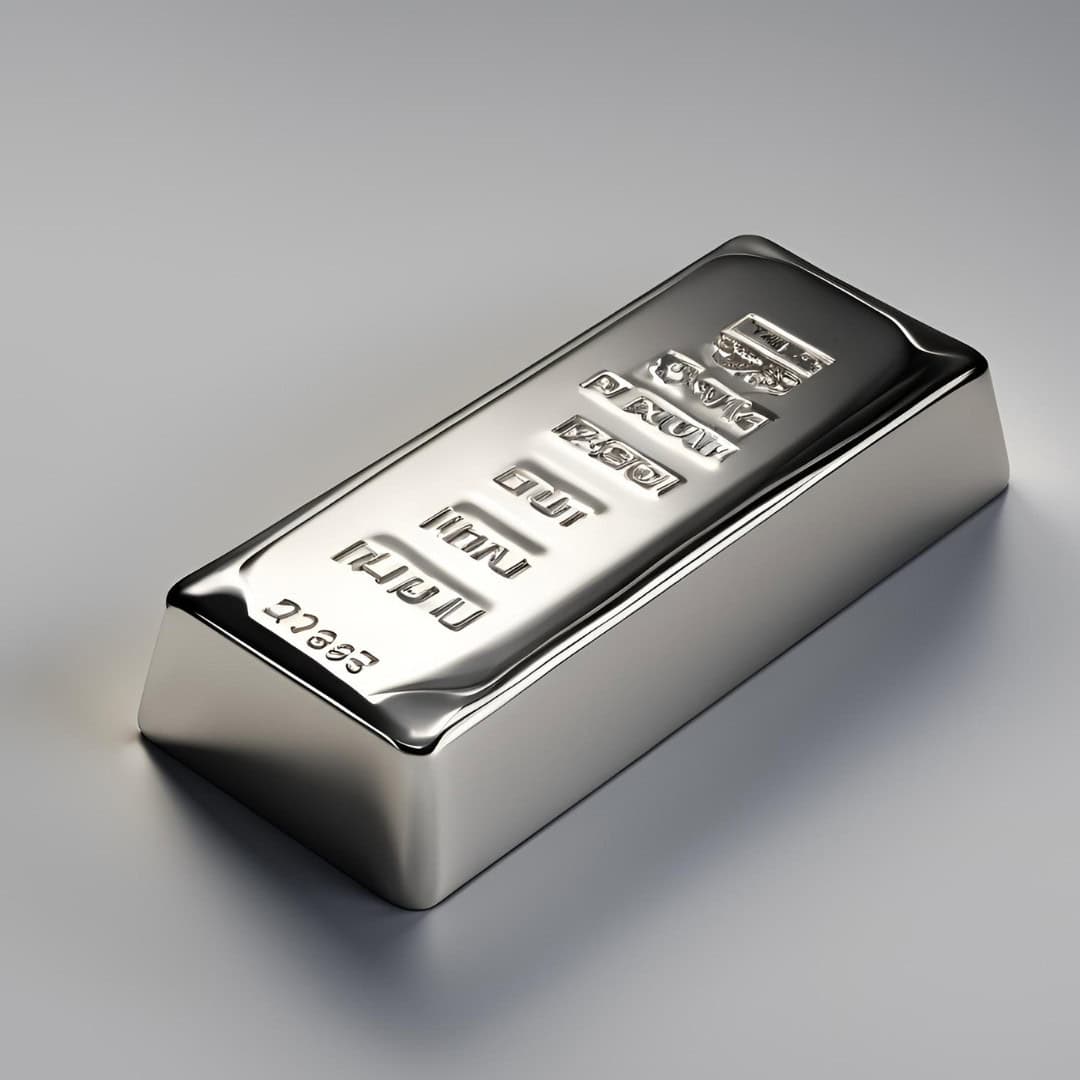
Platinum
Rarity and Industrial Demand
Platinum is rarer than gold and silver, with significant demand in the automotive industry for catalytic converters. Its rarity and industrial uses can create unique investment opportunities.
Price Factors
The price of platinum is influenced by factors such as supply constraints, automotive demand, and economic conditions. Understanding these factors can help investors make strategic decisions.
Investment Options
Platinum can be invested in through physical bars and coins, ETFs, and stocks of mining companies. Each option has its own set of risks and rewards, making it crucial to diversify within the metal itself.

Palladium
Growing Demand
Palladium has seen increasing demand in recent years, particularly in the automotive industry for catalytic converters. Its growing importance in reducing vehicle emissions has driven up its price.
Market Dynamics
The price of palladium is affected by factors such as automotive industry trends, environmental regulations, and supply disruptions. Keeping an eye on these dynamics can help investors capitalize on market opportunities.
Investment Options
Investors can gain exposure to palladium through physical bullion, ETFs, and stocks of companies involved in its production. Diversifying your investments within the palladium market can help manage risks.
How Precious Metals Affect Your IRA
Impact on Portfolio Performance
Adding precious metals to your IRA can impact your portfolio's performance in several ways:
- Risk Reduction: Precious metals can help reduce the overall risk of your portfolio by providing a hedge against market volatility and economic uncertainty.
- Enhanced Returns: During periods of high inflation or economic instability, precious metals can outperform other asset classes, enhancing your overall returns.
- Long-Term Growth: While precious metals may experience short-term fluctuations, they have the potential for long-term growth, contributing to the overall growth of your retirement savings.
Tax Implications
Precious Metals IRAs offer the same tax benefits as traditional and Roth IRAs, including tax-deferred growth and potential tax deductions. However, it's essential to understand the specific tax implications of investing in physical metals, such as the rules for taking distributions and the potential impact on your overall tax strategy.
Liquidity Considerations
While precious metals are a valuable addition to your IRA, it's important to consider their liquidity. Physical metals may not be as easily liquidated as stocks or bonds, so it's crucial to have a diversified portfolio that includes a mix of assets with varying levels of liquidity.
Storage and Custodial Fees
Investing in physical precious metals requires secure storage, which comes with additional costs. Custodians that specialize in Precious Metals IRAs typically charge storage and custodial fees. It's important to factor these costs into your overall investment strategy and compare different custodians to find the most cost-effective option.
How to Choose the Right Precious Metals for Your IRA
Consulting with Financial Advisors
Working with a financial advisor who specializes in Precious Metals IRAs can provide valuable insights and guidance. They can help you develop a customized investment strategy, navigate the complexities of precious metals investing, and ensure that your IRA aligns with your retirement goals.
The Future of Precious Metals in IRAs
The future of precious metals in IRAs will be shaped by various trends and predictions, including:

Technological Advancements:
Innovations in mining and refining processes could impact the supply and demand dynamics of precious metals.

Economic Policies
Central bank policies, interest rates, and inflation will continue to influence the prices of gold, silver, platinum, and palladium.

Environmental Regulations
Stricter environmental regulations could drive demand for metals like platinum and palladium in the automotive industry.
Long-Term Outlook
The long-term outlook for precious metals in IRAs remains positive, with continued demand for safe haven assets, diversification benefits, and potential for growth. By staying informed and adapting to market changes, investors can maximize the benefits of including precious metals in their retirement portfolios.
Final thoughts
Incorporating gold, silver, platinum, and palladium into your IRA can provide valuable diversification, a hedge against inflation, and a safe haven during economic uncertainties. By understanding the unique properties and market dynamics of each metal, you can make informed investment decisions that align with your retirement goals. As you navigate the world of Precious Metals IRAs, remember to assess your investment goals, stay informed about market conditions, and consult with financial advisors to develop a strategy that maximizes the benefits of these timeless assets.
By carefully considering the impact of precious metals on your IRA and leveraging their unique advantages, you can build a robust and resilient retirement portfolio that stands the test of time. Whether you are just starting your investment journey or looking to diversify an existing IRA, precious metals offer a valuable opportunity to enhance your retirement savings and secure your financial future.
For more information, we recommend you having a look at the IRS website.
FAQ
Including precious metals in your IRA can diversify your portfolio, provide a hedge against inflation, and add a layer of security during economic downturns. Precious metals like gold, silver, platinum, and palladium often retain their value over time and have a low correlation with traditional financial assets.
The IRS allows specific types of precious metals to be included in an IRA, such as:
- Gold: Must be at least 99.5% pure (e.g., American Gold Eagle, Canadian Gold Maple Leaf).
- Silver: Must be at least 99.9% pure (e.g., American Silver Eagle, Canadian Silver Maple Leaf).
- Platinum and Palladium: Must be at least 99.95% pure.
To start a Precious Metals IRA:
- Select a Custodian: Choose a custodian that specializes in self-directed IRAs.
- Open an Account: Complete the necessary paperwork to open your self-directed IRA.
- Fund Your Account: Transfer funds from an existing IRA, rollover from a 401(k), or make a new contribution.
- Choose Your Metals: Decide which precious metals you want to include in your IRA.
- Secure Storage: The custodian will arrange for the metals to be stored in an IRS-approved depository.
Precious metals in an IRA must be stored in an IRS-approved depository. These facilities are secure and ensure the proper handling and storage of your metals. Home storage or personal possession is not allowed.
Yes, there are fees associated with a Precious Metals IRA, including account setup fees, annual maintenance fees, and storage fees. These fees vary by custodian and depository, so it’s important to compare costs before selecting a provider.
Precious Metals IRAs follow the same tax rules as other IRAs. Contributions may be tax-deductible, and the investments grow tax-deferred until you take distributions. Roth IRAs offer tax-free growth and withdrawals, provided certain conditions are met.
You cannot take physical possession of the metals while they are part of the IRA. However, you can liquidate your holdings and take a distribution in cash or take an in-kind distribution (taking physical possession) after meeting the IRA withdrawal requirements, subject to taxes and penalties if applicable.
Copyright 2025 Bestgoldmoney.com, all rights reserved.
Get in touch: info@bestgoldmoney.com
Affiliate & Financial Disclaimer:
Best Gold Money takes part in affiliate marketing programs, meaning we may earn commissions on qualifying purchases made through links on our site, at no extra cost to you. These commissions help us provide quality content and maintain the website.
All information provided is for educational purposes only and should not be considered professional financial advice. We recommend consulting a licensed financial advisor before making any investment decisions. Best Gold Money is not responsible for any financial actions taken based on the information provided.
Our content is based on trusted sources such as the IRS, SEC, FINRA, Investopedia, and leading financial publications.
Thank you for your trust and support.